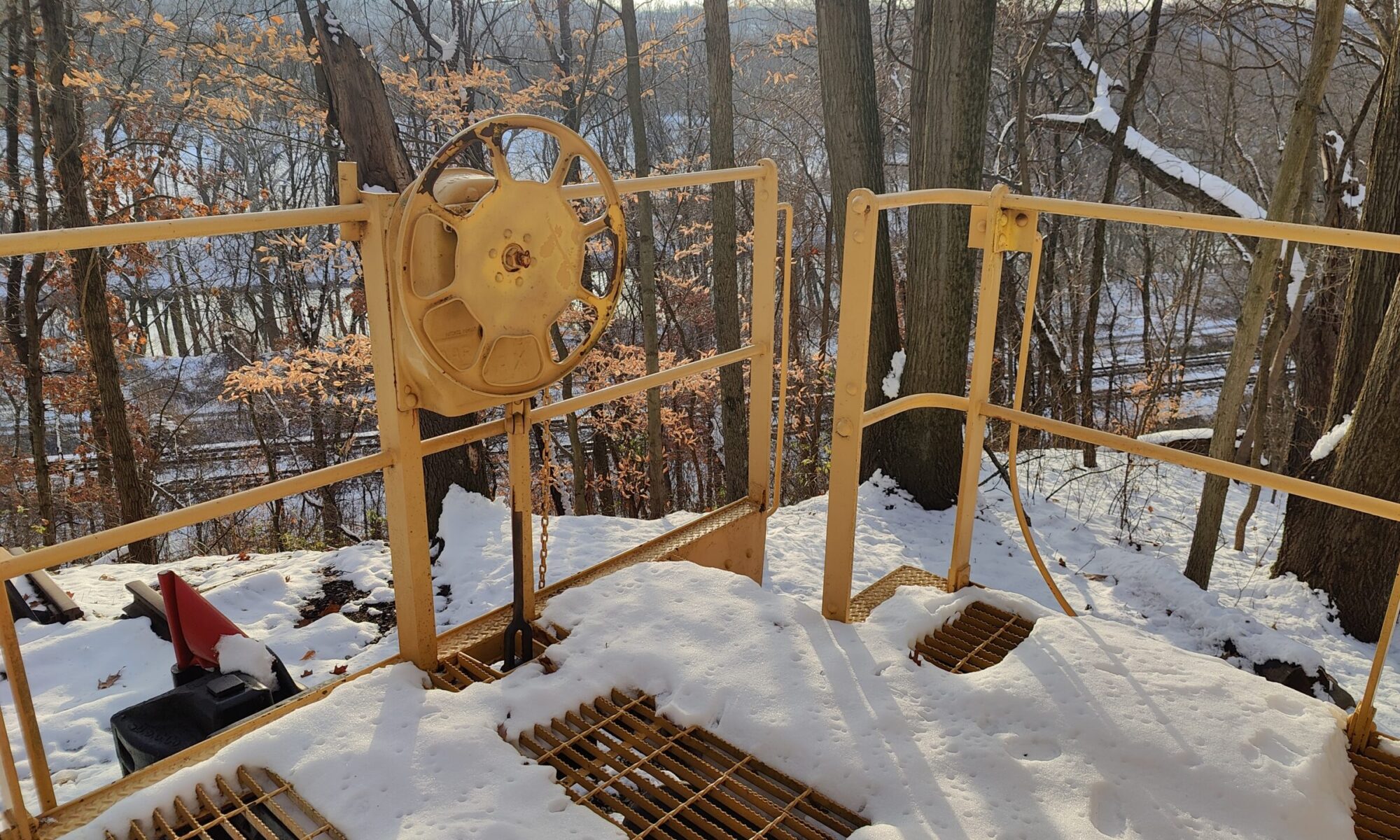Railroaders didn’t just ride cabooses for fun—they lived in them. For over a century, these enduring cars—patched, repainted, and fiercely claimed by their crews—were more than tools, they were the rolling homes, offices, and lifelines for crews who spent weeks crisscrossing the continent. Cramped, drafty, and often battered by the elements, cabooses were far from luxurious—but they were uniquely theirs. And like any home worth its salt, they earned nicknames that ranged from affectionate to brutally honest. Some were practical labels, some were inside jokes, and all of them whisper secrets about railroading’s golden age, when the rhythm of steel on steel ruled the land.
The caboose was a microcosm of railroad life. Here, conductors pored over manifests by flickering lantern light, brakemen played cards on upturned crates, and the smell of stale coffee and coal smoke seeped into the walls. It was a place of camaraderie and exhaustion, where crews weathered blizzards, breakdowns, and endless miles together. No wonder the slang they coined—from “crummy” to “zoo”—was as colorful as the characters who rode the rails.




Classic Caboose Nicknames & Their Origins
1. “Crummy” (or “Crummie”)
“Climb into the crummy and grab a seat—if you can find one!”
- Derived from old slang meaning “inferior” or “shabby,” this was a wry jab at cabooses’ cramped, often rundown conditions.
- Some crews even painted the name proudly on the car’s side, turning an insult into a badge of honor.
2. “Waycar”
“Check the waycar for orders before we roll.”
- Used primarily on the Chicago & North Western Railway, this literal term referred to watching the “way” (or rear) of the train.
- A key example of how railroad slang varied regionally.
3. “Brain Box”
“The conductor’s in the brain box—don’t disturb him!”
- The conductor’s domain, where manifests, train orders, and paperwork (the “brains” of the operation) were stored.
- Often the only quiet spot in a noisy, crowded car—and sometimes the warmest, thanks to the potbelly stove nearby.
4. “Bone Shaker”
“You’ll feel every joint in your body after 100 miles in a bone shaker.”
- Pre-1920s wooden cabooses had no suspension, turning every bump into a spine-jarring ordeal.
5. “Cabin”
“Report to the cabin—we’ve got wheel trouble.”
- The Pennsylvania Railroad’s formal term for their cabooses, borrowed from nautical tradition (like “captain’s cabin”).
- Unlike slang terms (crummy), this was official jargon—printed on timetables and rulebooks.
- Fitted with wooden bunks and cast-iron stoves, these were some of the most durable cabooses ever built.
More Authentic Railroad Lingo
- “Hack”: From “hackney” (a workhorse vehicle), for cabooses that endured years of hard use.
- “Van”: Common in British/Canadian railroading (“guard’s van”), emphasizing its role in protecting the train’s rear.
- “Shanty”: A nod to their makeshift, temporary feel—like a railroad shack on wheels.
- “Zoo”: Crews’ sarcastic take on the chaos of a crowded caboose—especially with a full team and a pot of coffee boiling over.
- “Doghouse”: A place where the crew ‘stayed out of the rain’ like a loyal mutt.
- “Birdcage”: Nickname for cabooses with cupolas (raised observation decks).
cage, bouncer, hearse, louse cage, palace
– F.H. Hubbard’s Railroad Adventures
The Dutch Called It First
Long before cabooses rolled on rails, Dutch sailors used the word kabuis for a ship’s galley. The term evolved into “caboose” as railroads borrowed from nautical traditions—both were cramped workplaces where crews ate, slept, and kept watch.
FAQs About Cabooses
Why did cabooses have so many nicknames?
Cabooses were mobile homes for crews, and nicknames reflected their love (or frustration) for these spaces. A “crummy” might be falling apart, but it was their crummy.
What’s the difference between a caboose and a waycar?
“Waycar” was a regional term used primarily by the Chicago & North Western Railway, while “caboose” was universal. Both meant the same thing: the crew’s rolling office at the train’s end.
When did railroads stop using cabooses?
Cabooses were phased out in the 1980s–early 1990s when federal regulations allowed railroads to replace them with End-of-Train Devices (EOTs)—electronic monitors that track a train’s rear car. A few cabooses have survived on freight railroads as shoving platforms for long reverse moves. The cars often have their windows and doors plated over to prevent crews from using the interior spaces.
Why did cabooses have cupolas?
Cupolas (the “birdcages”) gave crews 360-degree visibility to spot shifting cargo, overheating axles, or approaching trains—a literal lifesaver before modern sensors.
Did any railroads avoid caboose nicknames?
Yes! The Pennsylvania Railroad—one of America’s most rigidly organized lines—officially called them ‘cabins.’ Crews still whispered slang like ‘brain box,’ but you’d never see ‘crummy’ painted on a PRR caboose.
Relics of Railroading’s Gritty Glory Days
These nicknames were like shorthand for railroaders when the caboose was a castle, a prison, and a second home all at once. Next time you see one in a museum, you’ll know: to the crew, it was never just a caboose. It was a brain box, a zoo, or maybe even a good ol’ crummy.

